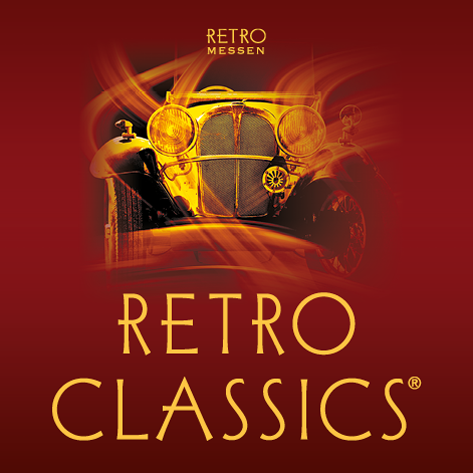
Library and Archive
In keeping with Mr. Dressler’s vision of preserving automotive ornamentation as both art objects and brand symbols that reflect 20th century marketing philosophies of the car manufacturers, ClassicHoodOrnaments.com strives to become a leading resource for pre-war mascots, literature, photographs and related objects.




